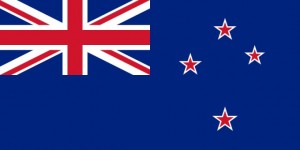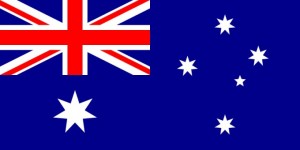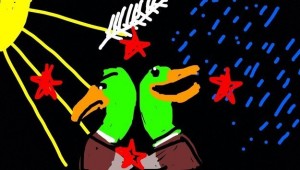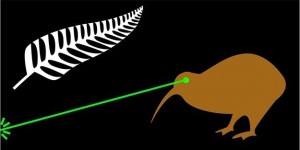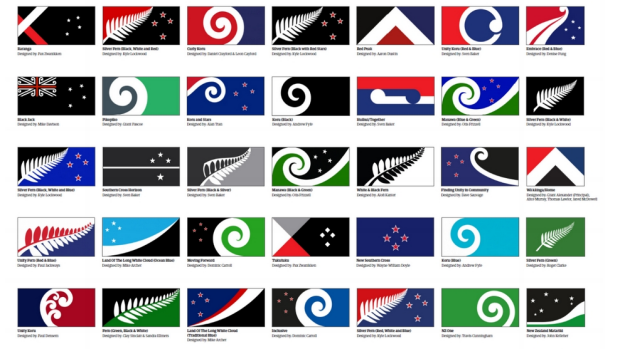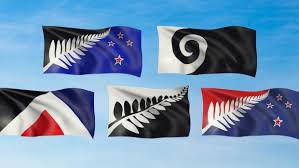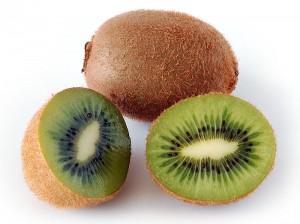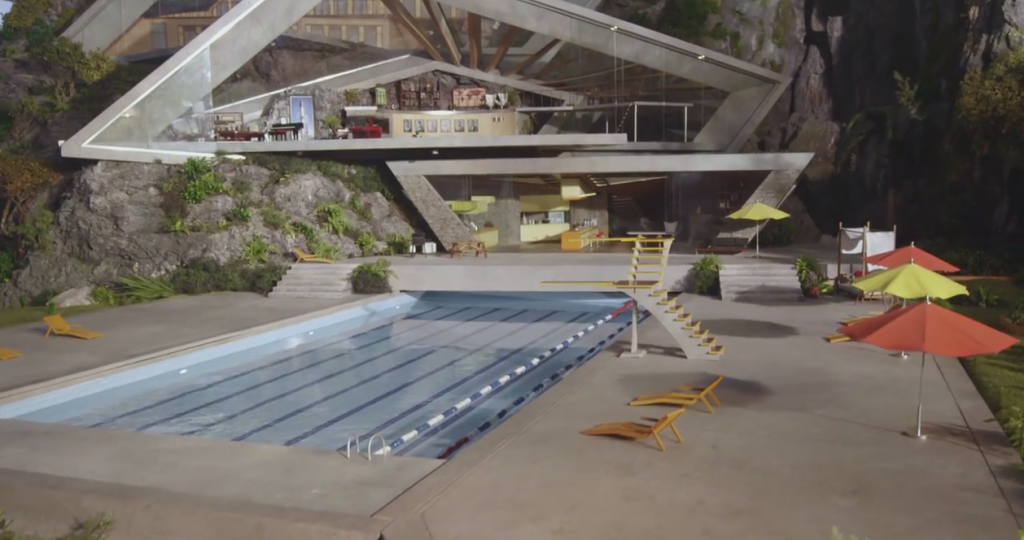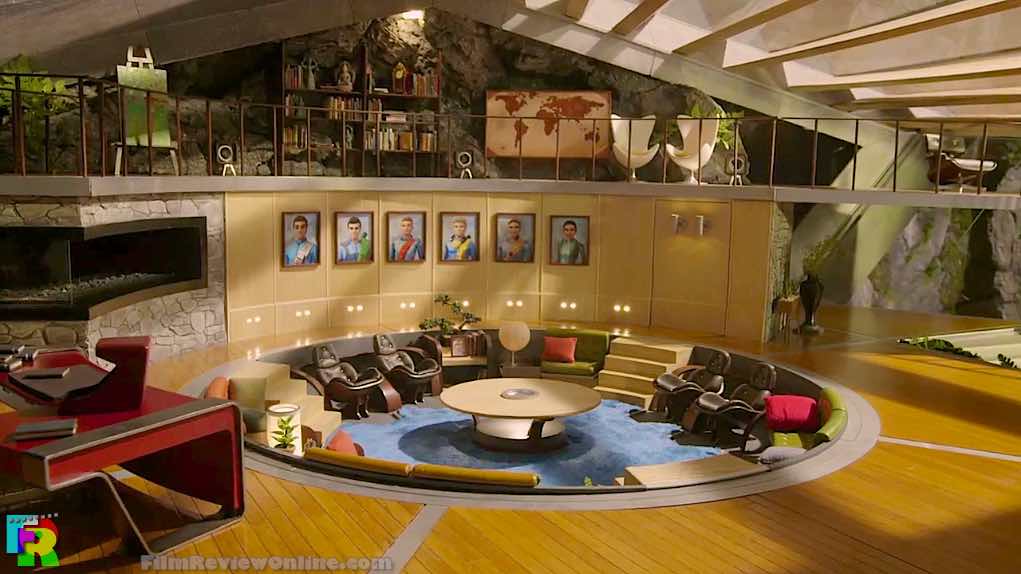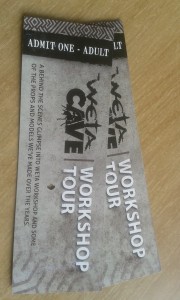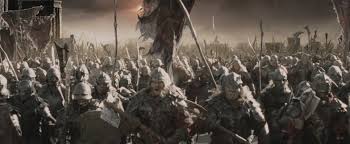When my family last visited Wellington, we visited the World War One exhibition at the National Art Gallery and Wellington Museum, and the ANZAC memorial outside.
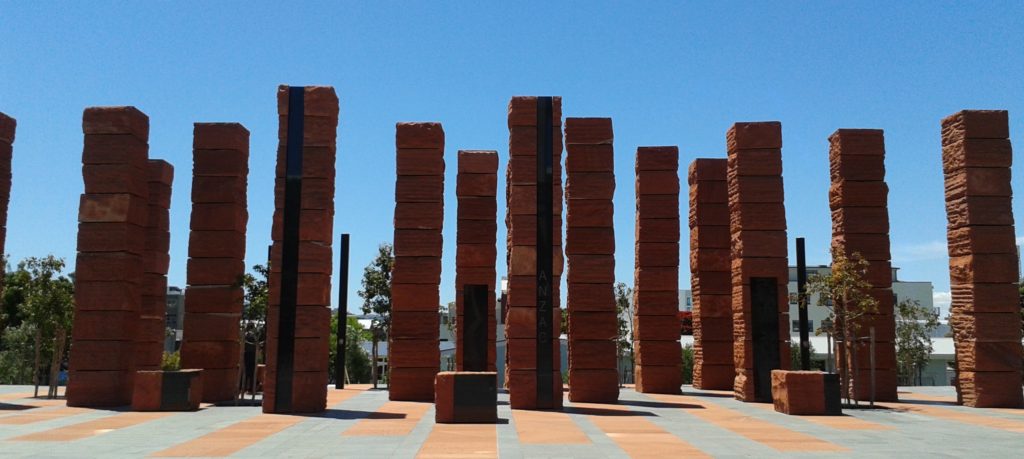
This history buff in me thought it was an excellent exhibition—as well as giving the full history of the origins of World War one and the war itself, it also contained dozens of newly colourised photographs from the war. They were both eye-opening and horrific. We’ve all seen photos of World War One … in black and white. These photos are an education, a reminder that those who fought in World War One, the Great War, the War to End All Wars, saw it in unglorious colour: brown and khaki and red.
A lot of red.
For today, I’d like to share something a little different that the word-nerd inside me found fascinating: the phrases from World War One which have become part of our everyday language. Okay, that might depend on where you live and what kind of family you grew up in!
Souvenir
While this is a French word, Australians and New Zealanders only began using it during World War One. Prior to this, we would have said ‘keepsake’.
Bumf
My parents and grandparents often used this word to describe advertising brochures (aka junk mail), but it was originally used to refer to the masses of (unwanted?) official correspondence from headquarters … often used as toilet paper (needs must, I suppose). Yes, bumf is short for b** fodder.
Strife
Strife is taken from German, where strafe means to punish. It’s used to describe various forms of trouble
Blood bath
From a German description of the Somme in 1916. My great-grandfather was decorated for his service on the Somme, but he never talked about it. I guess this tells me why.
Tanks
When Armoured Landships were originally under development in 1915, they were given the code name of ‘water tank’, because of their box-like structure. The name stuck, and we still call them tanks.
Break new ground
A phrase we often use without thinking of the difficult origins. It now refers to something that hasn’t been done before, but the original meaning was to dig a new trench.
Bangers
If you’re American, you might not know about the food staple of bangers and mash (sausages and mashed potato). The sausages were called bangers because of their tendency to explode if the casing wasn’t pricked.

